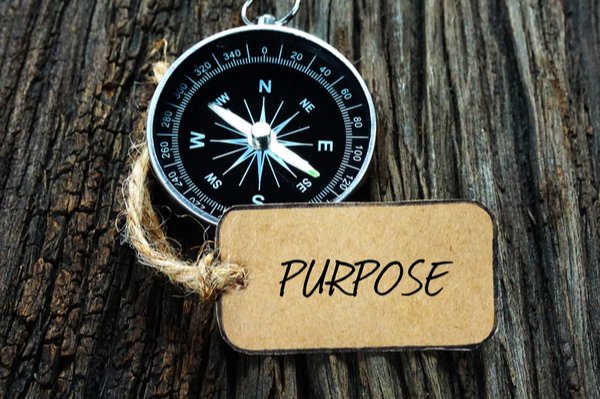This is the second post in the series – The three Corporate Identity Statements – and Purpose is especially valuable. Your Vision Statement answers the question, “What’s the point?” and your Purpose Statement asks the deeper question, “Why is this important?”.
As a Business Coach in Oklahoma City, or more specifically the suburb of Edmond, OK, the business landscape is covered with many industrious entrepreneurs working steadily at their businesses. Oklahoma has a great work ethic and pleasant demeanor to boot; however, working hard and being nice does not guarantee success. I wish that were the case.
I want you to win by the sweat of your brow and passion in your heart, yet no amount of excitement can replace solid business planning and intentional execution. We all love the concept of a product or service selling itself, but it’s a combination of a euphemism and pipe dream at best. In fact, it’s a recipe for disillusionment.
As stated before, I published a solid study on Forbes in business stating that only 9% of businesses survive past 40 months in the US. Here’s a link to that article.
(Also, if you just joined the blog, you will want to read the Vision post first.)
Your Purpose Statement. Success isn’t always knowing the right answers – it’s also knowing the right questions. Namely: “Why?” Why is this business idea important to you?” “Why should it be important to others?” “Which of your deeply-rooted values are truly important to you in business?”
To describe the framework of a good Purpose Statement, you will need to have 2-3 sentences to work with, so approximately 30-50 words in total that express your “Why?” in such a way that is accurate and most importantly, motivating, to you. Here are some examples:
Du Pont: “To create shareholder and societal value while reducing the environmental footprint along the value chains in which we operate.”
Whole Foods: “Our deepest purpose as an organization is helping support the health, well-being, and healing of both people — customers, Team Members, and business organizations in general — and the planet.”
Caterpillar: “To enable economic growth through infrastructure and energy development, and to provide solutions that support communities and protect the planet.”
American Red Cross: “To prevent and alleviate human suffering in the face of emergencies by mobilizing the power of volunteers and the generosity of donors.”
Keep in mind that your Corporate Identity Statement of Purpose is not the place for detail and explanation. Think of it as the cover of a book whose design is to invite the reader to open the book with curiosity. Pick your words and phrases with intention knowing you can unpack them at will. Your statement should be confident, concise, and contagious.
When you read your Purpose Statement in a moment of discouragement, overwhelm, or distraction, it should remind you why you started this journey in the first place. It should also encourage you to get off your butt and get a little more work in today before it’s over. Motivation is good.











